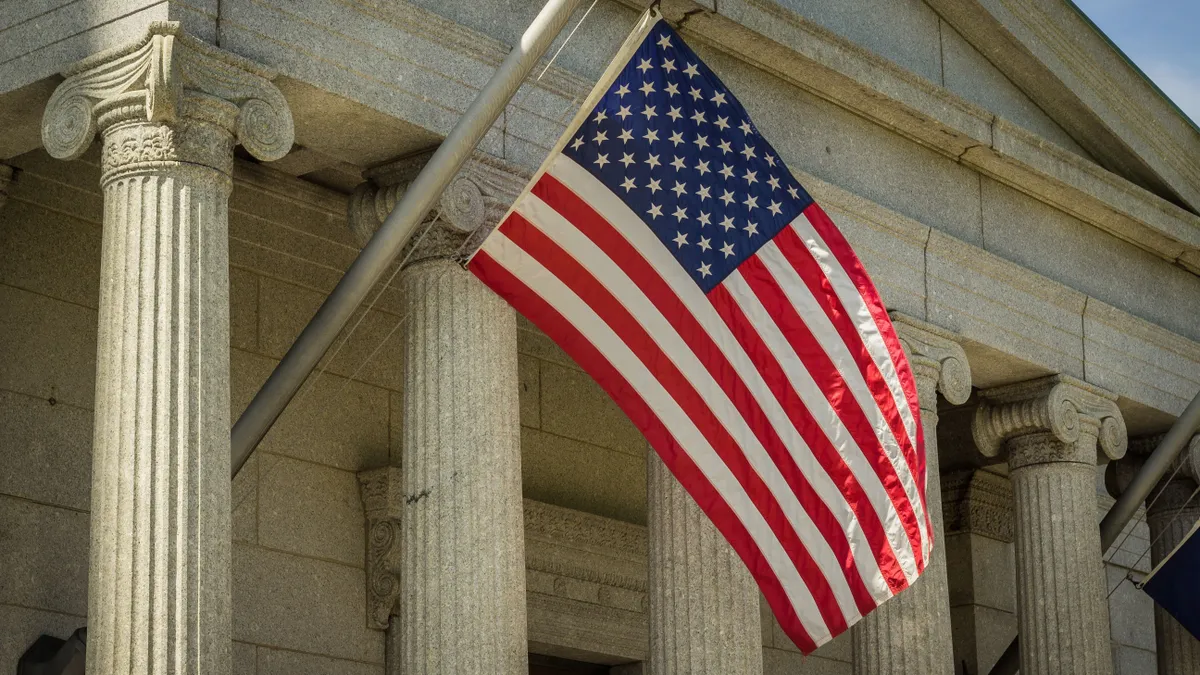Dive Brief:
- A federal district court in North Carolina has approved a $1.3 million Fair Labor Standards Act (FLSA) settlement agreement between Uber and a class of about 5,200 drivers. Each driver will receive between $50 and $5,000. The suit is the ride-sharing company's oldest outstanding misclassification suit, according to law firm Fisher Phillips.
- In the original complaint, Michael Hood, the plaintiff, alleged that "he and other Uber Drivers are employees, and, as employees, they are entitled to basic wage protections such as expense reimbursement (i.e., gas, cost of insurance, lease payments, and repair, among others), overtime pay, rest- and meal-breaks, and other benefits that attach to employees and that do not likewise attach to independent contractors." Hood alleged that Uber misclassified its drivers as independent contractors to avoid providing the things to which employees are legally entitled. Hood alleged, for example, that one week in December 2015, he worked about 80 hours and made a little more than $720, but incurred $200 in gas and other expenses, which pulled his hourly wage below his state's minimum wage to $6.55. This incident, he said, was not unique.
- Current and former Uber drivers joined Hood in his lawsuit after the court granted conditional class certification to those who had opted out of arbitration. In exchange for their settlement payments, class members who still drive for Uber must waive their right to opt out of arbitration provisions.
Dive Insight:
The settlement agreement leaves unanswered the most pressing and impactful question: are the drivers contractors or employees?
As Uber grapples with this question, others are watching closely, as the employment of temporary and contract workers has been on the rise. Staffing levels for these workers increased 2.2% between 2017 and 2018, according to a study by the American Staffing Association (ASA). U.S. staffing companies employed an average of 3.1 million temporary and contract workers every week in the first quarter of 2018, another ASA report found. Some employers add these workers in lieu of traditional employees as a way to keep costs down.
While Secretary of Labor Alexander Acosta rescinded an Obama-era Administrator's Interpretation on employee classification, the U.S. Department of Labor (DOL) hasn't issued any other clarification on how it determines the different classifications of workers. Lacking additional guidance, employers may need to consider various classification tests, including DOL's and applicable circuit courts'.
It's important that employers know how local courts determine classification, too. California's Supreme Court, for example, recently adopted a test for independent contractors that generally assumes workers are employees. Called the ABC test, the formula allows workers to be considered independent contractors only if the employer can establish: (A) that the worker is free from the control and direction of the hirer in connection with the performance of the work, both under the contract for the performance of such work and in fact; (B) that the worker performs work that is outside the usual course of the hiring entity’s business; and (C) that the worker is customarily engaged in an independently established trade, occupation or business of the same nature as the work performed for the hiring entity.














